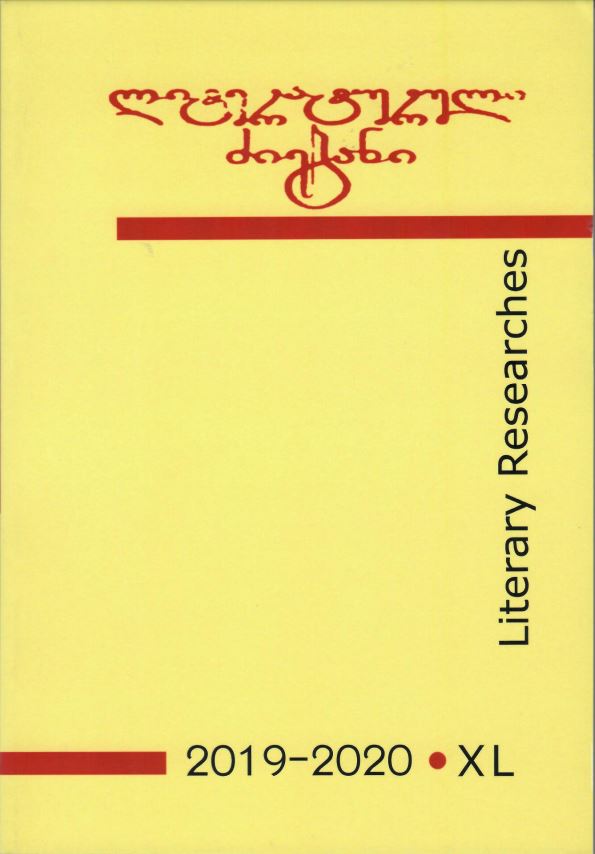Published 2020-10-20
Keywords
- Amirani,
- Svan Versions of Amirani Myth
How to Cite
Abstract
According to the opinion, recognized in Amiranology, thematic novelties related to the monument, archaicities and punishment of the central hero have been preserved in the most complete and varied forms in the Svan versions. Despite this, the results of textual research require revision. The inner nature of Amirani, a cosmic hero reincarnated as a human, the paths and stages of transformation, the reasons causing certain temptations or human errors, the local Svan mentality, etc., are not well identified. In this respects, Kaldani, Gurchiani and Guledani versions must be singled out. Precisely in them the hero of divine origin, called the son of an angel is shown. The matured Amirani, being in extreme need, appeals to his godfather, God Christ, asks for help and receives it. The hero is always under the supervision of the highest hierarchical forces and they help him in the victory over evil forces. It’s impossible even to admit that Amirani will ever have a desire to go against God; here we can only talk about human weaknesses or mistakes. In this particular case, one should take into account the local Svan mentality according to which the evil must be destroyed, because it constantly carries a danger to humanity. Amirani so deeply enters the depths of human existence, so deeply intertwined with humanity that he makes mistakes, breaks with evil powers the vows given to Christ and is punished. In all three versions, Amirani tore fire from underground forces, brought to the surface and taught people how to use it.

